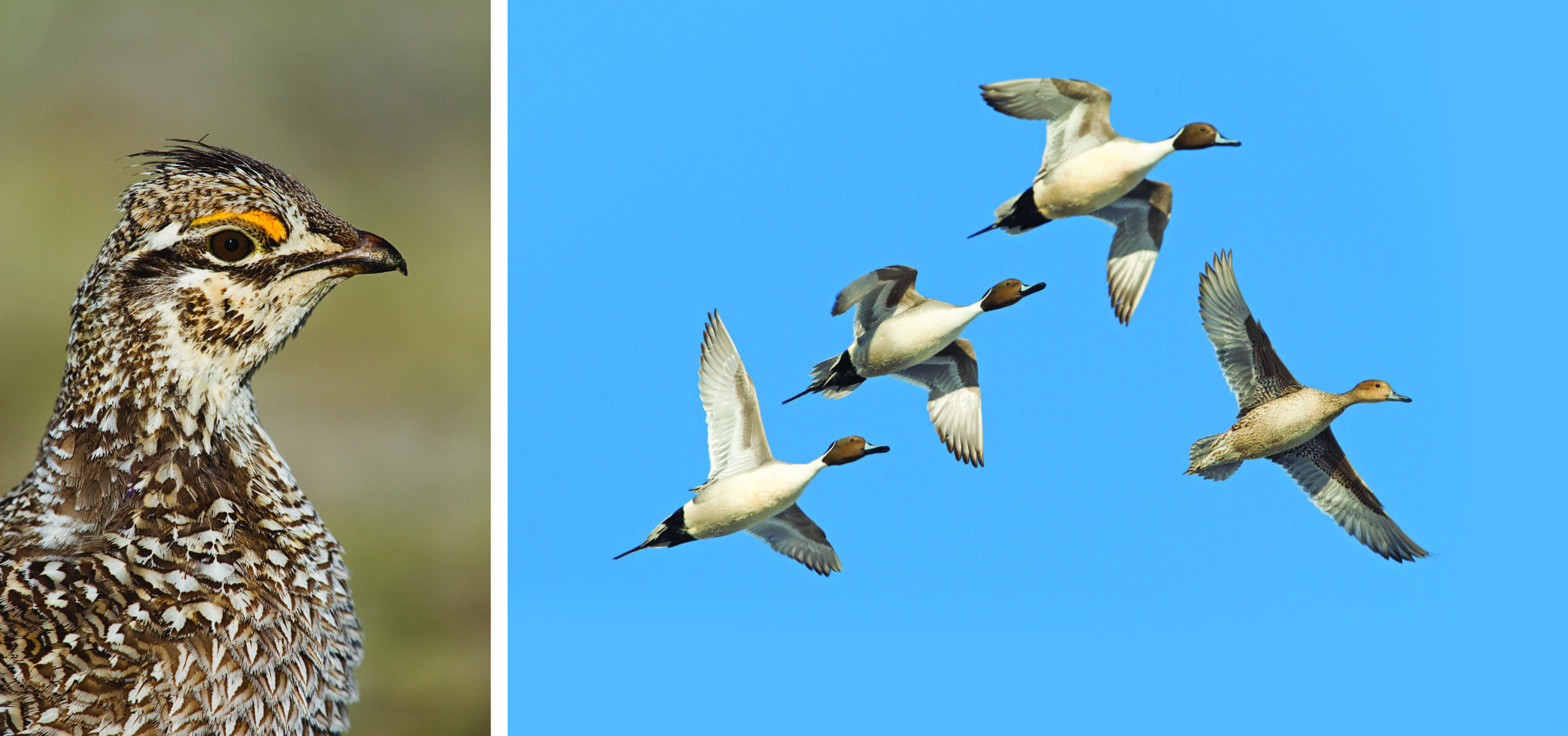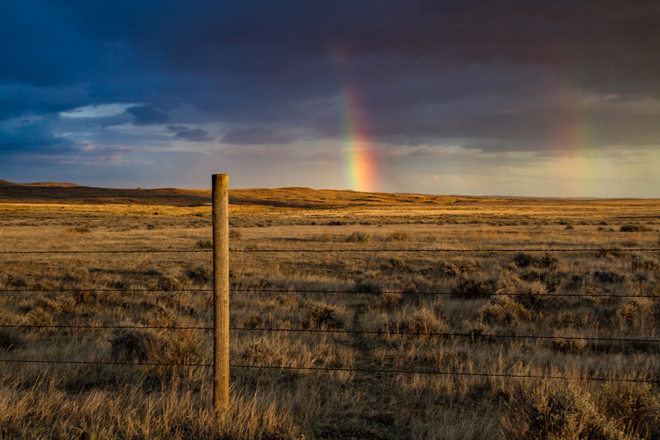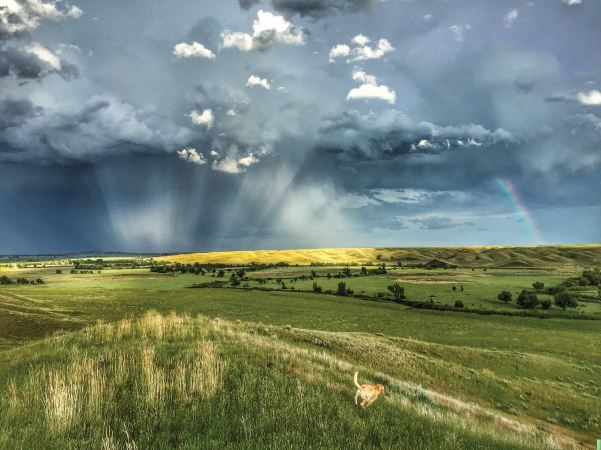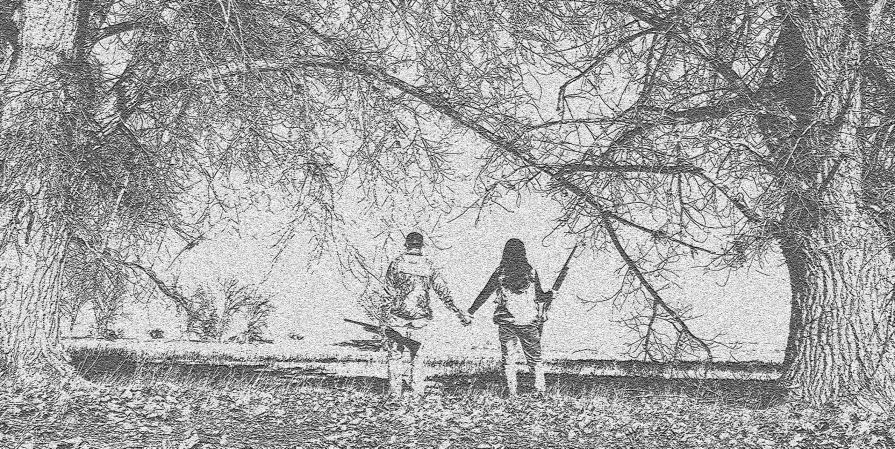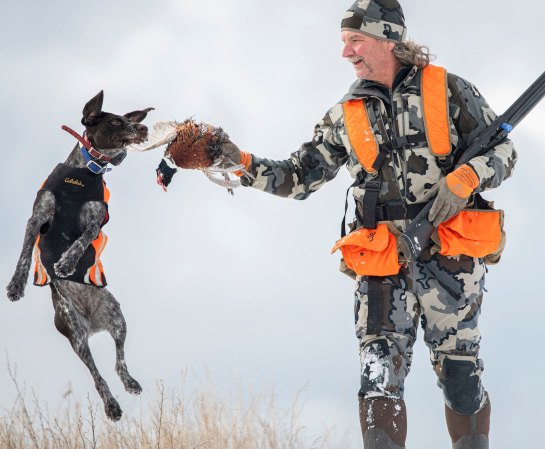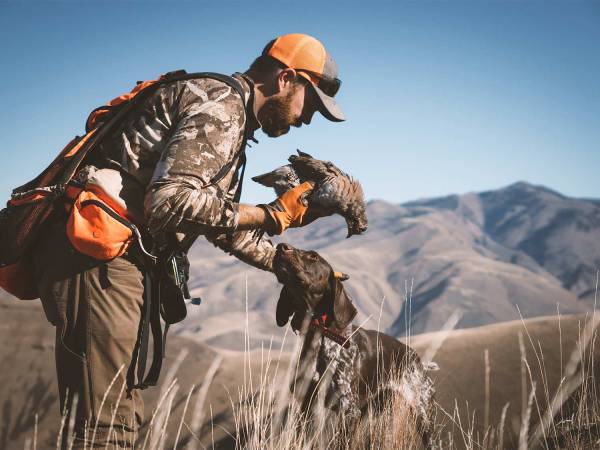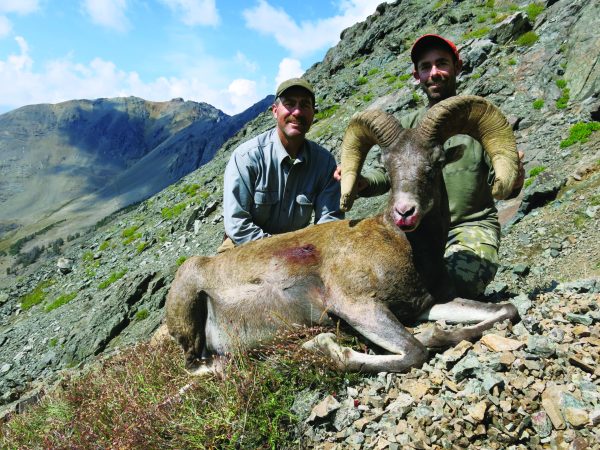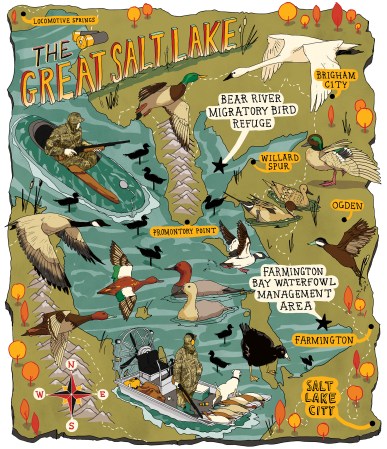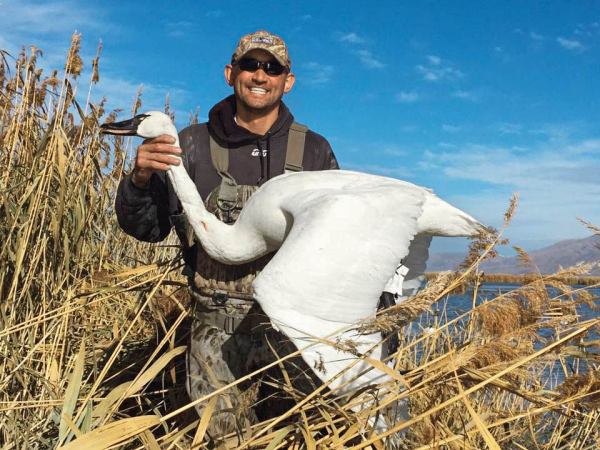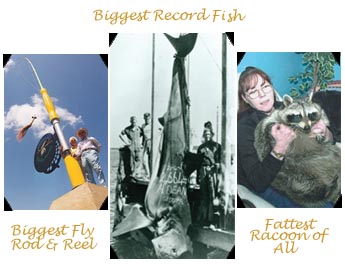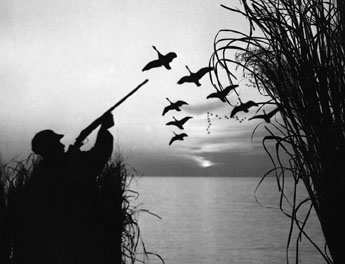Medicine Lake Wilderness, Montana
I’d like to tell you my buddy and I made a deliberate pilgrimage to Montana’s lowest, flattest, smallest, easternmost, and least-visited wilderness. Truth is, the ducks led us there. It was early October and we were on a bird-hunting walkabout, navigating back roads by whim, impulsively roaming the state’s northeast corner.
Up near Plentywood late in the day, we saw ducks funneling down to a silver smudge on the horizon. That’s how we found the Medicine Lake Wilderness.
Unlike Montana’s big-name wilderness areas, with their soaring peaks of rock and ice, this 11,366-acre haven is mostly water. Medicine Lake covers two thirds of the wilderness. When we arrived in the last twilight, it looked as if birds covered at least that much of the lake. The cacophony of so many species of ducks and geese amazed us. We arranged to be among them at first light.
Pintails moved like ball lightning across the lake at dawn, standing on their wingtips and swapping direction faster than LeBron James. By the time the morning flight tapered off, we were grinning like fools. Still, the day was young. We turned and walked into one of the rarest ecosystems in America: native prairie that has never felt the bite of the plow.
Soon the wind came on. For a long time, the dogs simply went about their work. Then their heads went down. Tails beat double time. Chuckling sharptails arced off a broad bench into outrageous blue and ripped downwind.
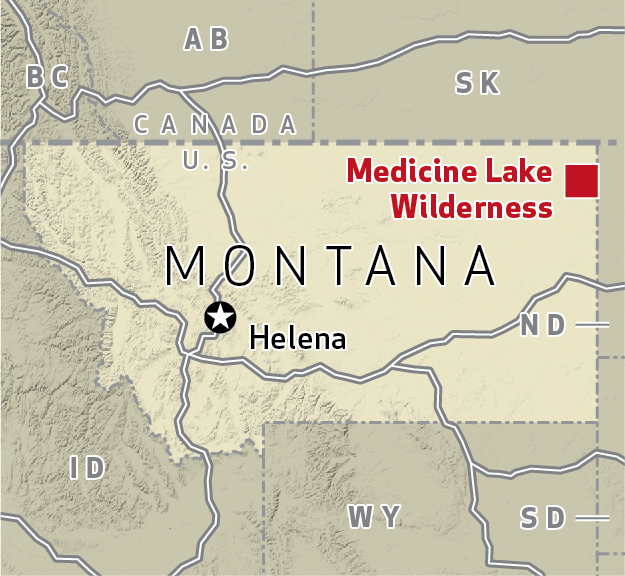
This might be America’s least daunting wilderness. You could canoe all the way around Medicine Lake in a good day. What it lacks in size and formidable terrain, though, it makes up for in astounding biological richness. The wilderness lies in the heart of Medicine Lake National Wildlife Refuge. Ornithologists have confirmed 283 unique species of birds here. From April through October, it thrums with life.
Surrounded to every horizon by wheat fields and, increasingly, drilling rigs, Medicine Lake forms an island of native prairie and marsh. Still, I’ve encountered more people 20 miles back in the Bob Marshall Wilderness than I have here. On our last afternoon, we sprawled on the highest point in the wilderness, a modest sandhill. Wind flung whitecaps down the distant lake. A squadron of ducks sliced across it. At that distance it was impossible to tell, but they sure acted like pintails.
For more backcountry adventures, click here.
